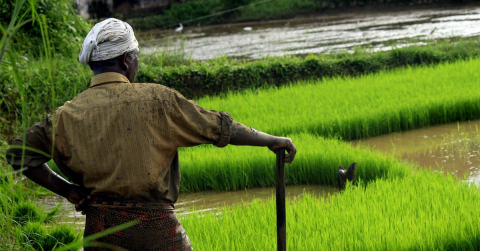More from UN DESA
Why geographic location matters for the global goals

We all recognise the need to rescue the SDGs. Our hard-fought development progress is reversing under the combined impacts of climate-related disasters, conflict, economic uncertainties, and lingering effects of the COVID-19 pandemic. We must take urgent action and use every potential opportunity to translate the vision of “leaving no-one behind” into reality. In this regard, we must better leverage geographic location. Geospatial information, data about a geographic location, provide insights that help us map our current course for the better.
Over the past few years, we have all used geospatial information to inform our decision-making on COVID-19, whether we were aware of it or not. Think about the numerous dashboards with maps that have shown where infection rates are higher or highlighted where populations have, or have not, been vaccinated. The understanding of geographic location, answering the question of ‘where’, has been crucial in our fight and recovery from COVID-19, and it will be essential for helping us face our future challenges; however, there is still a massive divide in geospatial resources and capacity in Member States – the geospatial digital divide.
By bridging the geospatial digital divide, we enable the digital transformation we all need to implement our national development priorities and achieve the SDGs. The UN Committee of Experts on Global Geospatial Information Management (UN-GGIM) leads global efforts to bridge the geospatial digital divide, guided by the UN Integrated Geospatial Information Framework – UN-IGIF – as a means of strengthening the geospatial resources and capacities of all Member States.
Whether modelling future climate change scenarios, optimising ever-limited resources, or improving connectivity to healthcare or education facilities, an understanding of location underpins everything we do. Geospatial information is at the heart of achieving sustainable local, national, and global goals; our future is a geospatial future.
More information on the thirteenth session of the UN-GGIM taking place on 2-4 August 2023, and the UN-IGIF can be found here: http://ggim.un.org
Photo credit: Unsplash
 Welcome to the United Nations
Welcome to the United Nations